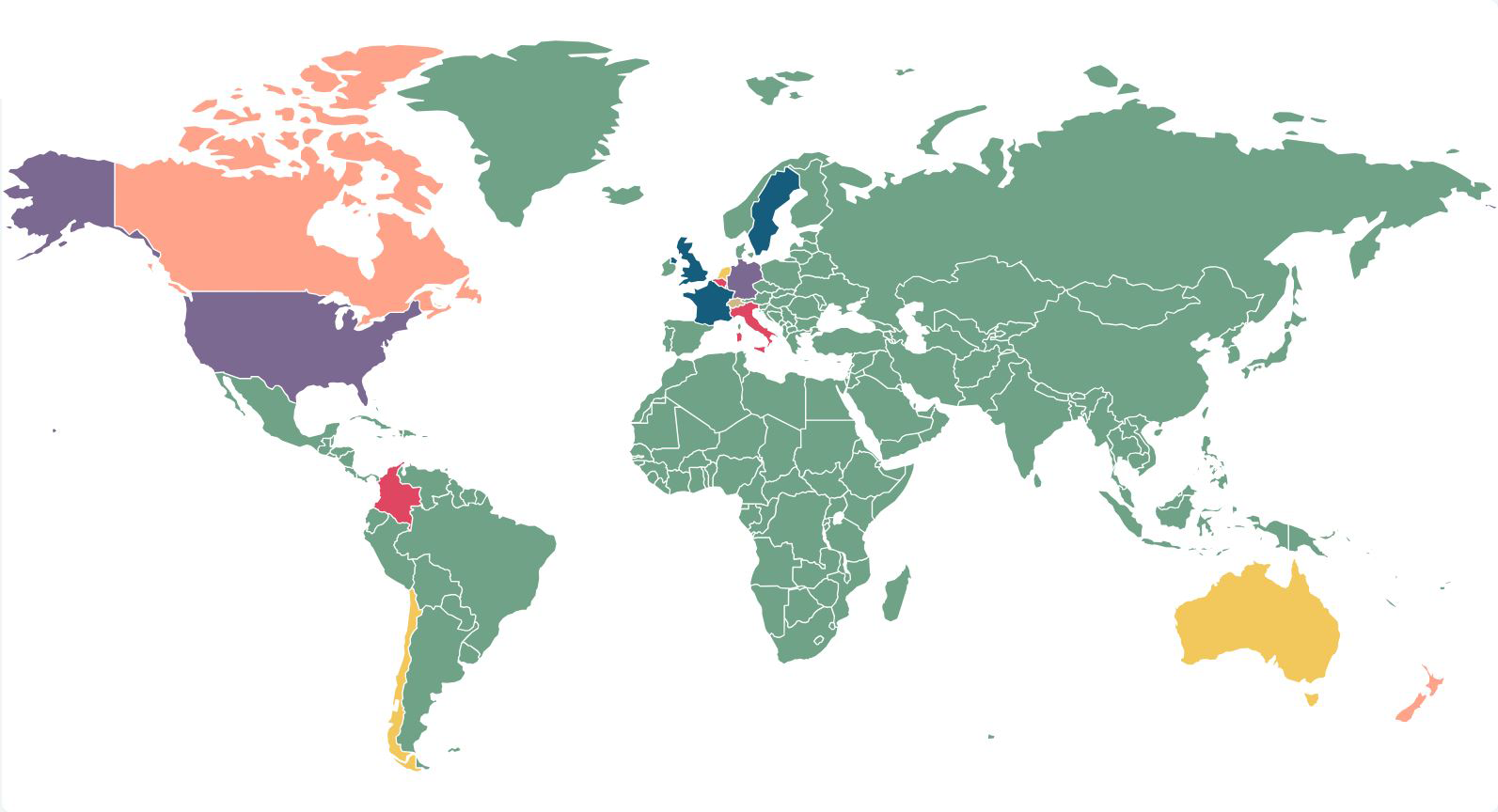
Cyber Risks and the Digital Revolution: A Shipping Perspective
Finally, it seems the cyber threat penny has dropped, with most businesses now working hard to protect their assets from hackers. For the shipping sector, where does that threat sit among the myriad of competing priorities?

Resilience: new emerging threats challenge insureds and insurers
Insurers are facing more threats to their ability to operate and remain aligned with their customers’ values than ever before. ESG-washing, supply chain issues, cyberattacks and ransomware are all part of this potent mix.




